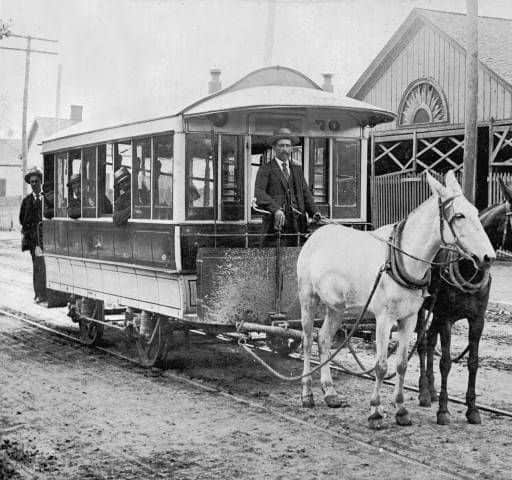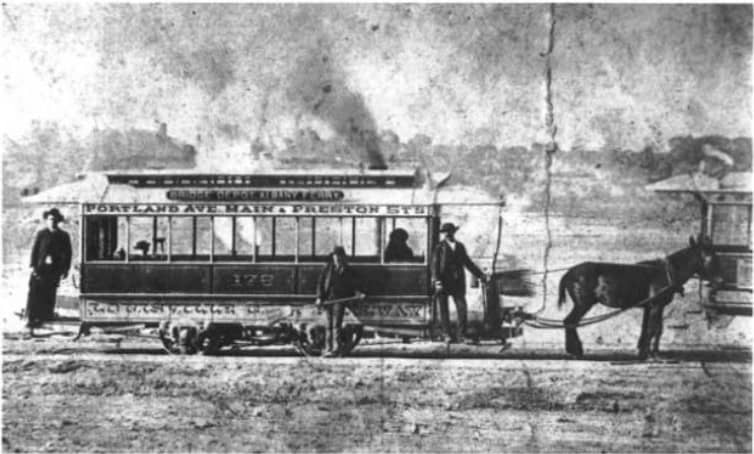Eighty-five years before Claudette Colvin and Rosa Parks took their seats on Montgomery buses, Robert C. Fox, Samuel O. Fox, and Horace Pearce challenged segregation on the streetcars of Louisville. The eldest child of Albert and Margaret (Carr) Fox, Robert was born near Maysville, KY circa 1846. Having fled a farm in Fleming Co., on August 2, 1864, Robert enlisted at Ripley, Ohio in Company K of the 27th USCT Infantry regiment. The 27th distinguished itself in campaigns in Virginia and North Carolina, including at the Battle of the Crater during the siege of Petersburg, and was present when Joe Johnston surrendered his Army.
By 1870 Robert and Samuel were living on Walnut Street in Louisville at the address of the undertaking establishment that Robert co-owned with James H. Taylor. On a dismal Sunday afternoon in late October, Robert, Samuel, and Horace Pearce boarded a du Pont controlled Central Passenger Railroad mule car near Quinn Chapel and took seats inside (black males were relegated to the outside platform). They were arrested and found guilty in Police Court of Disturbing the Peace. The following May, the US District Attorney in Louisville argued their case in the US District Court. In accordance with the Reconstruction Amendments, Judge Bland Ballard found in favor of the plaintiff and fined the company the exact amount that Misters Fox, Fox, and Pearce had been fined by the local court.
A few months before his victory in Federal Court, Robert married a young widow, Victoria Flournoy (nee Beaty) who was born free near Madison, IN and had inherited a small cottage in Louisville from her late husband. In 1874, Robert petitioned Chancery Court (presided over by future “great dissenter” John Marshall Harlan’s brother James) for Victoria’s recognition as feme sole. He had already opened a bank account for her with the Freedman’s Bureau. When Robert died a few months following his father in 1881, it was Victoria who took over Robert’s business and ran it successfully for many years. Funeral services for Robert were held by his Lodge (led by Horace Morris) at the Masonic Hall and he was buried on the 22nd of June in the Eastern Cemetery. Commencement exercises for the “Colored Schools” were rescheduled so as not to conflict with these services because Robert was on the schools’ Board of Visitors.
Robert’s story was researched and written by Stephen W. Brown and an audio version of Horace Pearce’s story (and a fuller account of the streetcar segregation case) may be found here.






